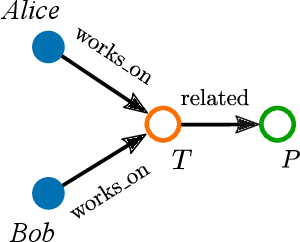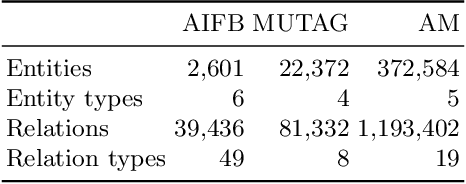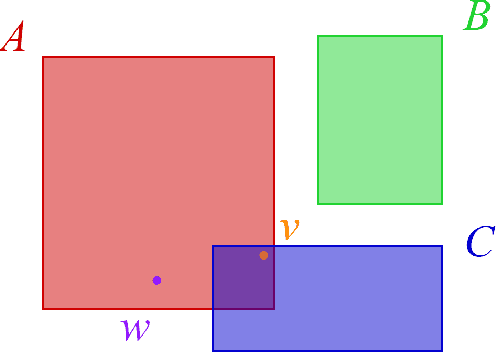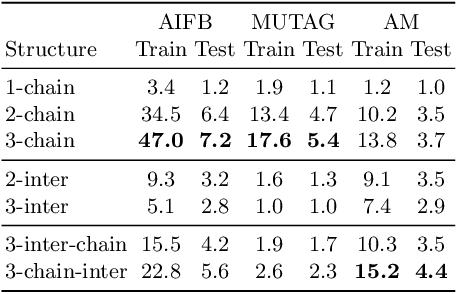Ruud van Bakel
Do graph neural network states contain graph properties?
Nov 04, 2024Abstract:Graph learning models achieve state-of-the-art performance on many tasks, but this often requires increasingly large model sizes. Accordingly, the complexity of their representations increase. Explainability techniques (XAI) have made remarkable progress in the interpretability of ML models. However, the non-relational nature of Graph Neural Networks (GNNs) make it difficult to reuse already existing XAI methods. While other works have focused on instance-based explanation methods for GNNs, very few have investigated model-based methods and, to our knowledge, none have tried to probe the embedding of the GNNs for well-known structural graph properties. In this paper we present a model agnostic explainability pipeline for Graph Neural Networks (GNNs) employing diagnostic classifiers. This pipeline aims to probe and interpret the learned representations in GNNs across various architectures and datasets, refining our understanding and trust in these models.
Approximate Knowledge Graph Query Answering: From Ranking to Binary Classification
Feb 22, 2021



Abstract:Large, heterogeneous datasets are characterized by missing or even erroneous information. This is more evident when they are the product of community effort or automatic fact extraction methods from external sources, such as text. A special case of the aforementioned phenomenon can be seen in knowledge graphs, where this mostly appears in the form of missing or incorrect edges and nodes. Structured querying on such incomplete graphs will result in incomplete sets of answers, even if the correct entities exist in the graph, since one or more edges needed to match the pattern are missing. To overcome this problem, several algorithms for approximate structured query answering have been proposed. Inspired by modern Information Retrieval metrics, these algorithms produce a ranking of all entities in the graph, and their performance is further evaluated based on how high in this ranking the correct answers appear. In this work we take a critical look at this way of evaluation. We argue that performing a ranking-based evaluation is not sufficient to assess methods for complex query answering. To solve this, we introduce Message Passing Query Boxes (MPQB), which takes binary classification metrics back into use and shows the effect this has on the recently proposed query embedding method MPQE.
 Add to Chrome
Add to Chrome Add to Firefox
Add to Firefox Add to Edge
Add to Edge